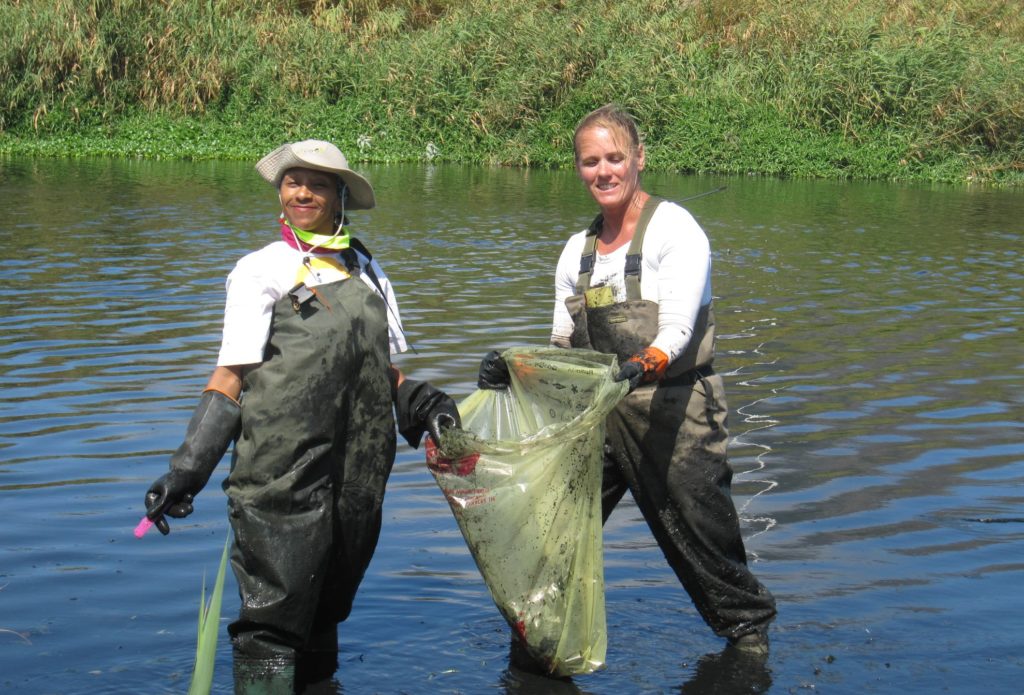A team of homeless individuals from the streets of Cape Town has been assisting a local NGO called HelpUp that is working hard to ensure the city’s most polluted rivers are cleaned up. In the past year, it has created more than 330 jobs for homeless and unemployed individuals.
According to HelpUp member Georgia McTaggart, the team collects an average of two to three tons of litter during six hours of cleanup time at the Black River Raapenberg site.
“This waste in the river poses a significant risk to the health of children in the area, there are high instances of impetigo, ringworm, intestinal worms, bacterial and viral infections,” she said to IOL. “The damage to the environment is clear by the overgrowth of the alien invasive species water hyacinth, which thrives in nutrient-rich water. We have also found areas where blue-green algae (cyanobacteria) is proliferating and this is highly toxic.”
In April 2018, there were reports from the residents of Hazendal that the Black River’s heavily polluted water was the cause of an influx of flies and cockroaches in homes in the water’s vicinity. During an interview with CapeTalk, Jo Barnes, senior Community Health lecturer at the University of Stellenbosch, theorised that there may be sewerage running through the river, and this may have caused the appearance of these vector pests.
“My big concern when I heard about the flies and cockroaches is that it is what we call a vector for disease. They come into contact with what is in the river, and the Black River is known to be degraded and severely polluted river. That’s not a secret,” Barnes said. “When these cockroaches invade people’s homes, they bring infections with them. They crawl over surfaces that people use. They are on the floors where the babies and children play and that in itself is already an indicator of health risk.”
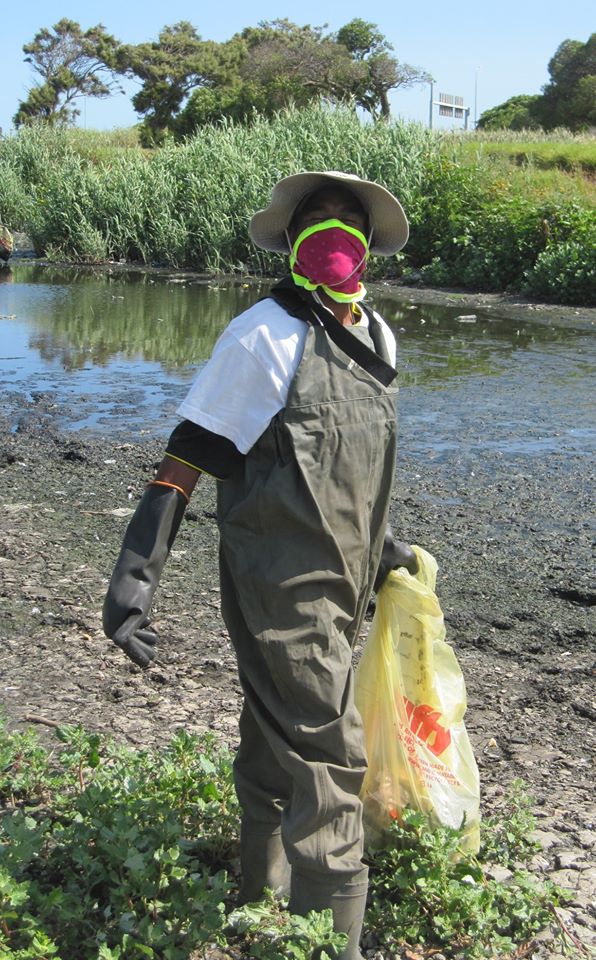
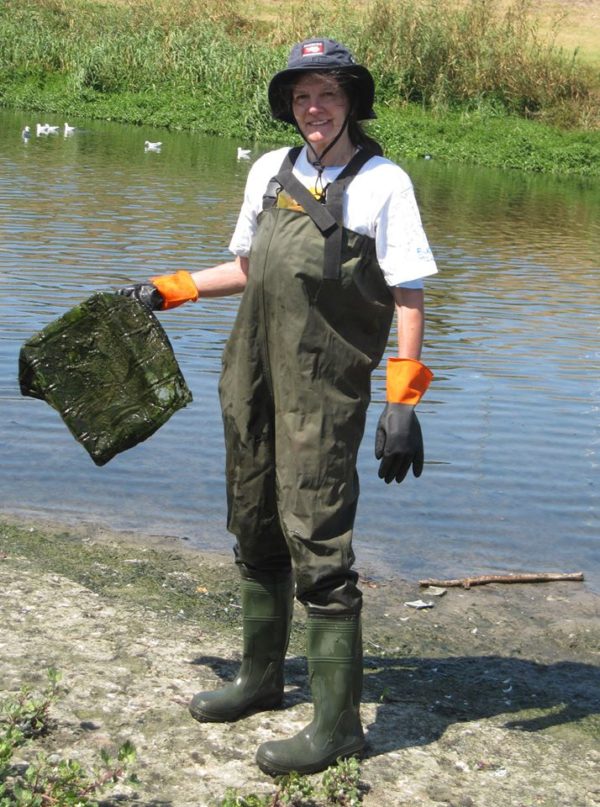
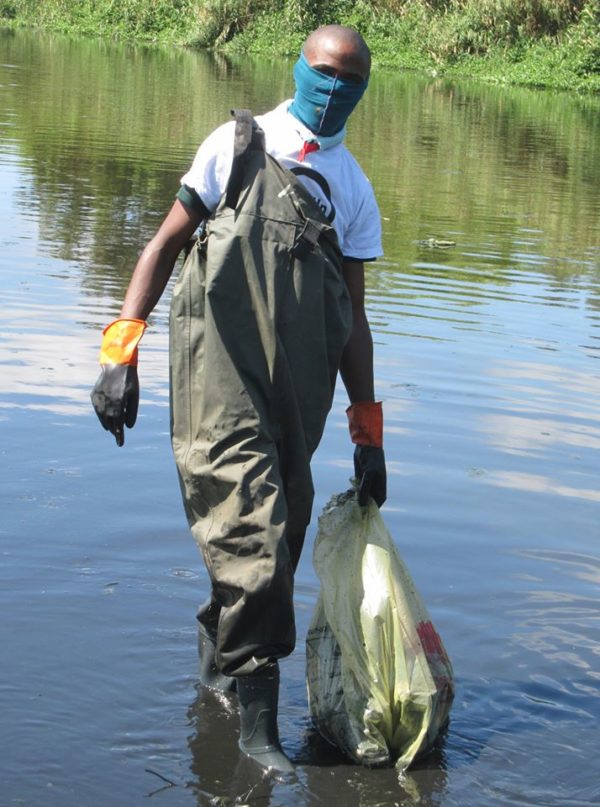
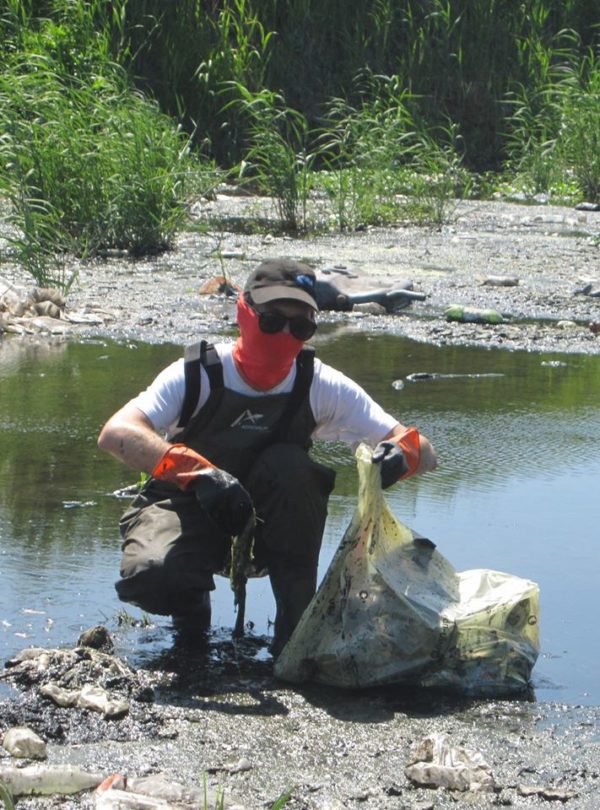
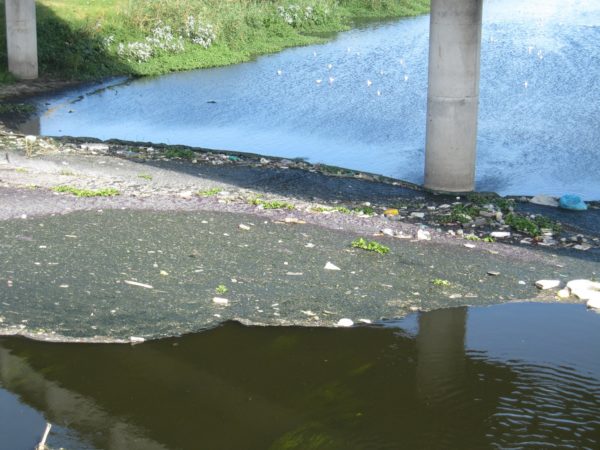
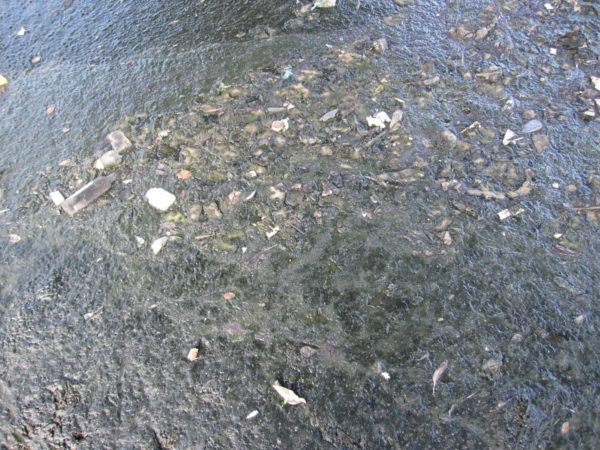
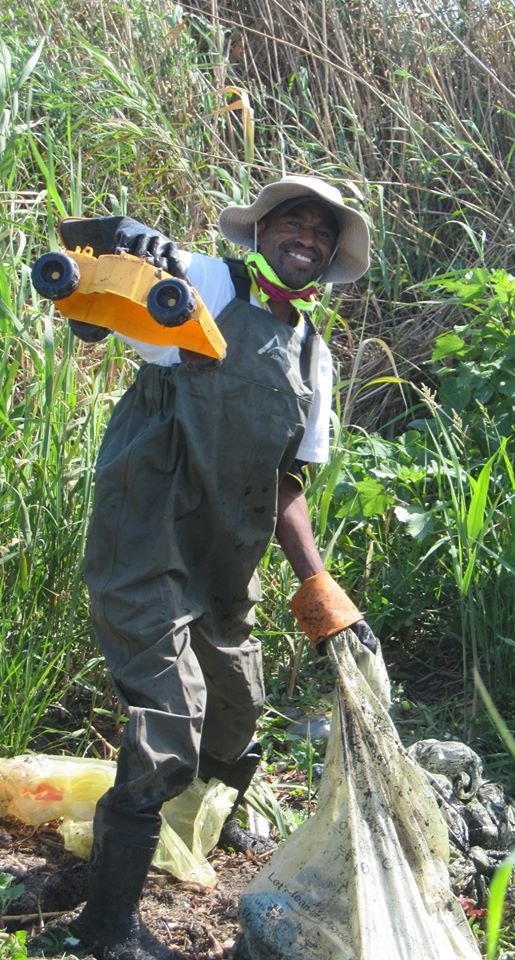
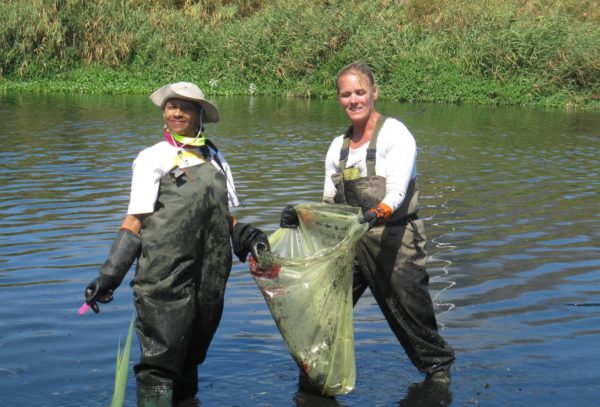
According to McTaggart, those who do the cleanups have to wear waders when navigating the riverbed, as all the plastics found here causes slip hazards.
“The litter not only flows into the river from canals in informal settlements, it is also dumped from cars that pass by, industrial dumping and stormwater outlets,” she added.
While various parts of the Black River are cleaned on a weekly basis, there is always more plastic pollution to be found.
If you would like to donate to HelpUp’s Back-A-Buddy, you can click here.
Picture: Supplied/HelpUp

